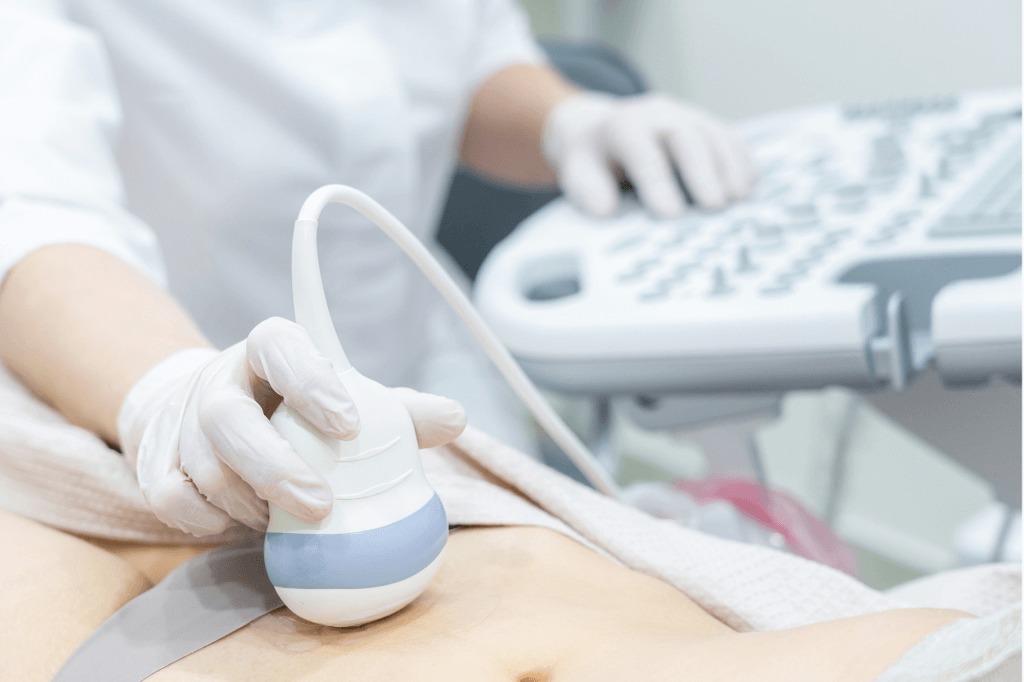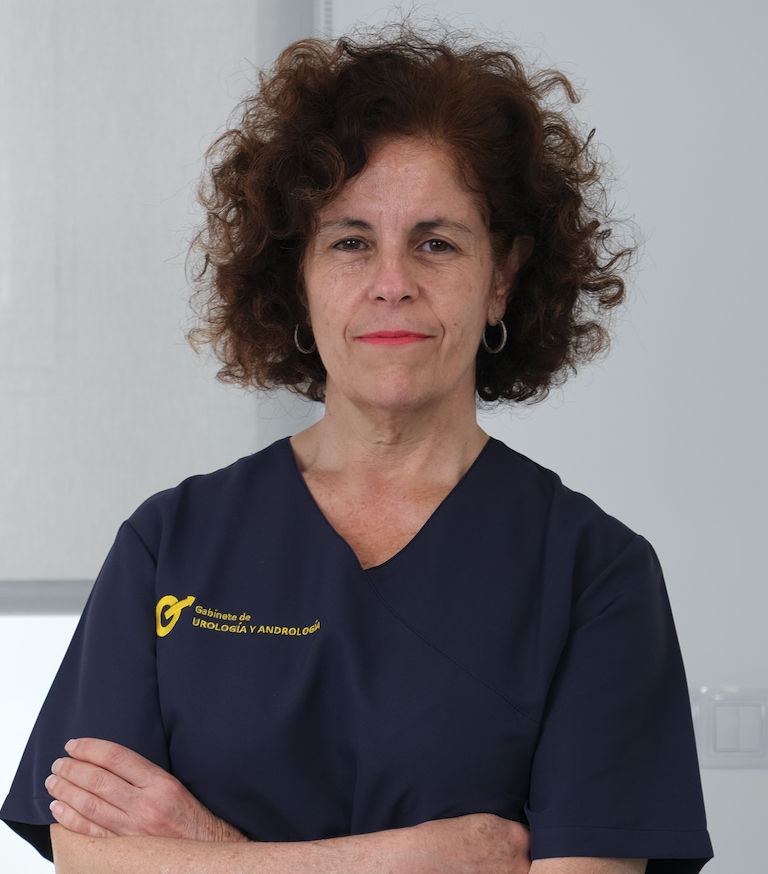
Gynaecological Ultrasound
Gynaecological ultrasound is a diagnostic imaging test that uses sound waves to create images of organs, tissues and structure inside the body. In gynaecology, it is used to examine a woman's genital organs, including the uterus, ovaries, cervix and vagina.
It is a non-invasive and painless examination technique that, by means of ultrasound, allows us to visualise the genitals and internal organs of the woman, such as the vagina, uterus, endometrium, tubes and ovaries.
How is gynaecological ultrasound performed?
The doctor inserts a device or probe, covered with a condom and a gel that facilitates its insertion, into the vagina to take the gynaecological images required.
Using the ultrasound technique, the probe sends out sound waves that reflect off the pelvic organs, tissues and body structures, receives them and uses them to create an image that we see on a monitor, which can be printed out.
How long does the transvaginal ultrasound examination take?
The examination may take approximately 15 to 20 minutes.
Can a transvaginal echo be done during pregnancy?
Transvaginal ultrasound can be performed during pregnancy, because the probe does not come into contact with the foetus. It is not an invasive technique. It is a method that has been used for several decades in pregnant women to detect possible problems or complications. However, transabdominal ultrasound is more common in the later stages of pregnancy.
Transvaginal ultrasound is also used during pregnancy for:
- Listening to the foetal heartbeat.
- To detect foetal development.
- Examine the placenta and check for placenta praevia or abruption.
- Search for causes of bleeding.
- Monitor the growth of the embryo or foetus in early pregnancy.
- Look for signs of preterm labour or pregnancy outside the womb.
- Determine if the cervix is changing or opening when labour is starting early.
- Check for normal values, e.g. whether the pelvic structures or the foetus are normal.
- Ruling out pregnancy tumours.
Does the device used for transvaginal echo cause any discomfort or pain?
Transvaginal echo is painless and is done through a device called a transducer. The echo can be a little uncomfortable as the transducer moves. The transducer is much thinner than those used in external ultrasound exams. It is about the size of a finger and is covered with plastic and lubricating gel. After the exam, you can go home immediately.
What is the importance of transvaginal ultrasound?
Thanks to this test we can rule out many diseases and give quality control and peace of mind to our patients. A special case is ovarian cancer. Thanks to early detection, the long-term survival of patients improves dramatically, allowing the application of less aggressive and much more effective treatments.
Our specialists
The health of your reproductive system and your overall well-being are critical. Complete the form to request your appointment.





